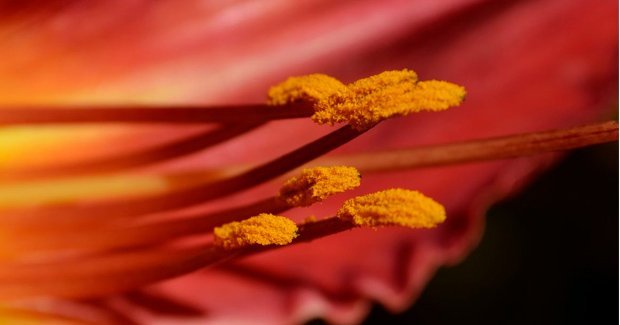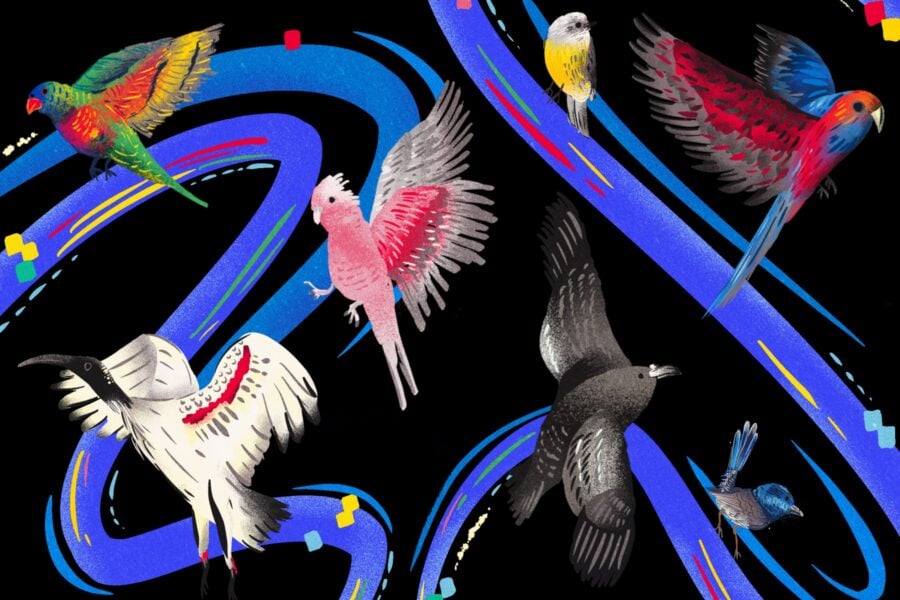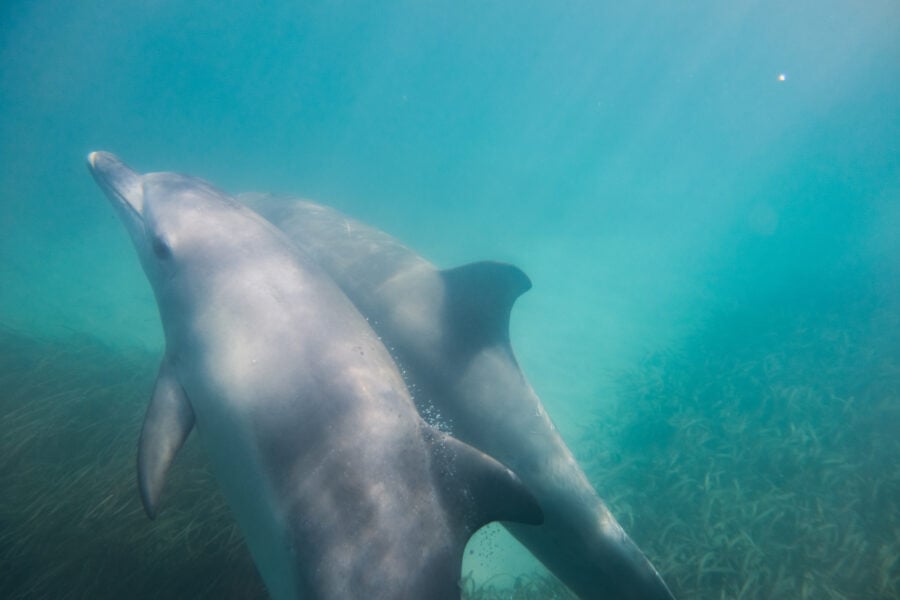GALLERY: The secrets of plant sex

FLOWERING PLANTS HAVE been getting in on the act of reproduction for 100 million years, and the process of pollination has evolved into an incredible natural art form.
Sex in plants isn’t all that different from animals, says Dr John Bussell, a plant biologist at the ARC Centre for Excellence in Plant Energy Biology, based at the University of Western Australia in Perth.
“Primarily, plants reproduce by sex, and the sexual organs of plants are the flowers,” he says. “It’s the old familiar story of sperm (pollen) uniting with egg, resulting in fertilisation.”
Insect pollinators often help plants along with this process, and are crucial to our own survival, say John. One third of our food is dependent on bees, which are in decline in many parts of the world.
How plants reproduce
Plants spread their sperm – or pollen – via pollinators such as bees, birds and even mammals, or through environmental elements such as wind or water.
Plant sex can involve self-pollination or cross-pollination, which is when fertilisation occurs between different individual plants of the same species. Certain natural processes are in place to prevent in-breeding in plants.
“There are so many crazy ways that plants can mate that the mind boggles,” says John. “Sometimes plants are absolutely tied to a particular species of insect to facilitate cross-pollination.”
Pollinators are attracted by the promise of food, in the form of pollen or sweet nectar. Many flowers use beautiful colours and alluring aromas to entice pollinators in their search for sustenance.
Some species have evolved to mimic naturally occurring pheromones, such as the hammer orchid, which omits the odour of a female wasp, luring male wasps to come into contact with its pollen.
SEE THE GALLERY to learn more about plant sex.
These photographs are part of the exhibition Pollination: All’s Fair In Love and War, which was on display in July 2013 at Scitech, WA.
Photography courtesy of the ARC Centre for Excellence in Plant Energy Biology, and the Centre for Integrative Bee Research.
RELATED STORIES




